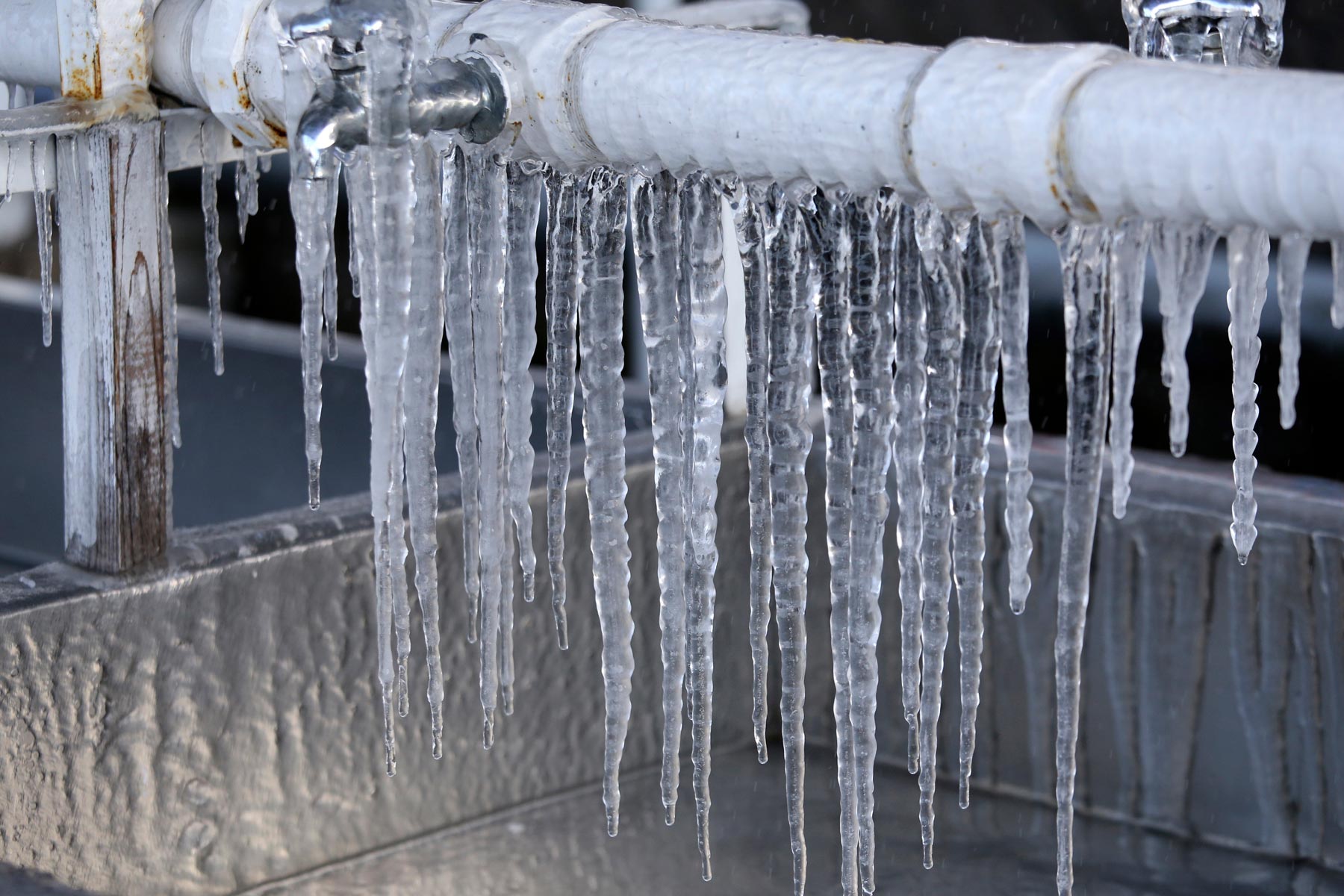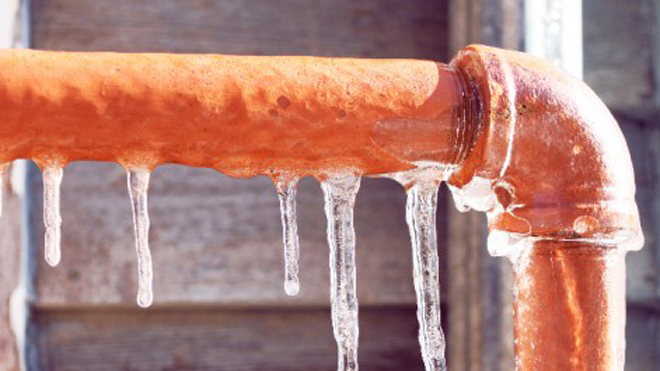Preventing Frozen Plumbing in Winter: Pro Tips
Preventing Frozen Plumbing in Winter: Pro Tips
Blog Article
This article listed below in relation to Helpful Tips to Prevent Frozen Pipes this Winter is extremely enlightening. Read it for yourself and see what you think about it.

Cold weather can damage your plumbing, especially by freezing pipes. Here's how to prevent it from taking place and what to do if it does.
Intro
As temperature levels decrease, the risk of frozen pipelines boosts, potentially leading to pricey repair services and water damage. Understanding just how to avoid frozen pipes is vital for house owners in cold climates.
Avoidance Tips
Insulating susceptible pipelines
Wrap pipelines in insulation sleeves or use warm tape to secure them from freezing temperature levels. Focus on pipes in unheated or outside locations of the home.
Heating techniques
Keep interior areas adequately heated, specifically areas with plumbing. Open cupboard doors to enable warm air to circulate around pipes under sinks.
How to recognize icy pipelines
Search for lowered water circulation from taps, uncommon odors or sounds from pipes, and visible frost on revealed pipes.
Long-Term Solutions
Architectural adjustments
Consider rerouting pipes far from exterior walls or unheated areas. Add added insulation to attic rooms, basements, and crawl spaces.
Updating insulation
Purchase top quality insulation for pipelines, attic rooms, and wall surfaces. Appropriate insulation helps keep regular temperature levels and reduces the threat of icy pipelines.
Securing Outdoor Plumbing
Garden hoses and outdoor faucets
Detach and drain garden pipes before winter. Set up frost-proof faucets or cover outdoor faucets with shielded caps.
Comprehending Frozen Pipes
What creates pipes to ice up?
Pipes ice up when exposed to temperature levels listed below 32 ° F (0 ° C) for prolonged durations. As water inside the pipelines freezes, it expands, putting pressure on the pipe walls and potentially triggering them to rupture.
Threats and problems
Icy pipes can cause water system interruptions, residential or commercial property damages, and expensive repairs. Ruptured pipes can flooding homes and trigger considerable structural damages.
Indications of Frozen Pipeline
Identifying frozen pipelines early can prevent them from breaking.
What to Do If Your Pipes Freeze
Immediate actions to take
If you believe frozen pipes, maintain taps available to soothe pressure as the ice melts. Use a hairdryer or towels soaked in warm water to thaw pipes gradually.
Verdict
Preventing icy pipelines needs proactive measures and fast actions. By comprehending the reasons, indicators, and safety nets, property owners can protect their pipes during winter.
5 Ways to Prevent Frozen Pipes
Drain Outdoor Faucets and Disconnect Hoses
First, close the shut-off valve that controls the flow of water in the pipe to your outdoor faucet. Then, head outside to disconnect and drain your hose and open the outdoor faucet to allow the water to completely drain out of the line. Turn off the faucet when done. Finally, head back to the shut-off valve and drain the remaining water inside the pipe into a bucket or container. Additionally, if you have a home irrigation system, you should consider hiring an expert to clear the system of water each year.
Insulate Pipes
One of the best and most cost-effective methods for preventing frozen water pipes is to wrap your pipes with insulation. This is especially important for areas in your home that aren’t exposed to heat, such as an attic. We suggest using foam sleeves, which can typically be found at your local hardware store.
Keep Heat Running at 65
Your pipes are located inside your walls, and the temperature there is much colder than the rest of the house. To prevent your pipes from freezing, The Insurance Information Institute suggests that you keep your home heated to at least 65 degrees, even when traveling. You may want to invest in smart devices that can keep an eye on the temperature in your home while you’re away.
Leave Water Dripping
Moving water — even a small trickle — can prevent ice from forming inside your pipes. When freezing temps are imminent, start a drip of water from all faucets that serve exposed pipes. Leaving a few faucets running will also help relieve pressure inside the pipes and help prevent a rupture if the water inside freezes.
Open Cupboard Doors
Warm your kitchen and bathroom pipes by opening cupboards and vanities. You should also leave your interior doors ajar to help warm air circulate evenly throughout your home.

I came across that page on Helpful Tips to Prevent Frozen Pipes this Winter when doing a lookup on the internet. Enjoyed our piece of writing? Please share it. Let other people check it out. Thanks a lot for being here. Don't hesitate to visit our blog back soon.
Click Here To Read More Report this page